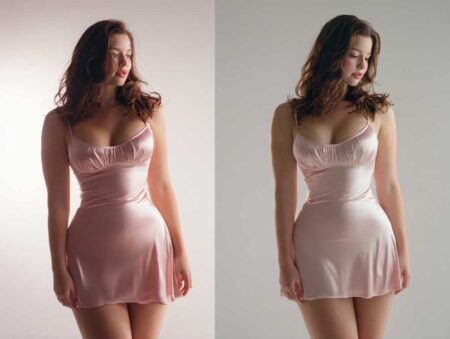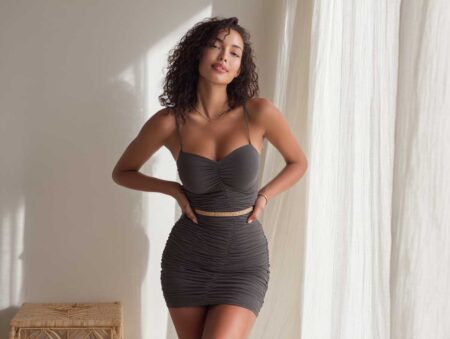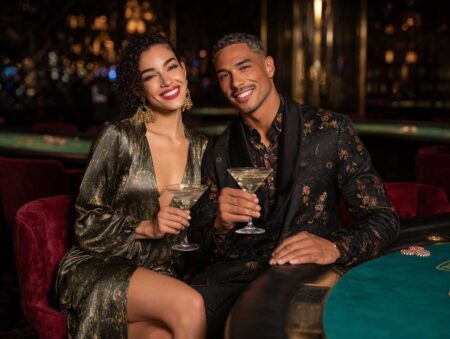
Does the yellow color make you feel agitated and edgy? But, on the other hand, do you instantly feel calm and collected in a blue room?
Color is an effective communication means that influence moods, impact neurophysiological responses, and signify actions. The colors we view in our surroundings have much more than aesthetic relevance. They affect our experiences and assist us in maneuvering the environments around us.
Since the discovery of colors by Issac Newton in the 1600s, who structured his observations in a color wheel by presenting primary and secondary colors, there have been numerous studies about colors. The primary purpose of all these research studies was to understand the effects of color on human behaviors, minds, moods, and emotions.
However, it’s relevant to note that colors aren’t only intricately linked to what our eyes see. Instead, specific aromas, tastes, and sounds also depict colors in our brains. But this begs the question: why are colors a strong force in our lives? How does color psychology precisely work? To find answers, let’s consider an in-depth exploration:
Psychology Of Colors – How Does It Influence Moods and Emotions?
Various colors suggest different meanings, implications, and psychosomatic impacts that may differ according to each culture. Besides cultural differences, color psychology is also subjective to personal preferences. Essentially, color psychology encompasses color theory, a practical implementation of blending and matching various shades to unearth the concepts of color perception.
And while there hasn’t been sufficient scientific research or empirical work in this regard. Yet brands harness the power of color psychology in their marketing methods. According to a study, approximately 85% of customers mention colors as the chief reason they purchase a specific product. Another source cited that color accounts for 75% of snap judgments of products.
Considering the power color holds in consumer purchases, businesses such as Extreme Largeness Wholesale use colorful products to draw customers’ attention. From fashionable tote bags and custom mugs to trendy enamel pins, the business offers creative design and vibrant color accessories.
Understanding The Hidden Meanings of Colors
The secret meanings of colors usually derive from biological conditioning, cultural differences, and psychological effects. Here are some of the connotations of the colors and how they help build individuality and flare:
- Red
Red is the color of power, passion, determination, vitality, love, eroticism, domination, and eccentricity. However, this is also the color of alertness, pain, rescue, murder, and extreme anger (seeing red – does it ring a bell?).
This warm color tends to increase the heartbeat of a person. And these heart palpitations indicate a surge of adrenaline either because of warning and danger or deep-seated and passionate emotions. Besides, the red color also creates a sense of urgency, which may be why brands incorporate this color during their clearance sales. According to stats, red is one of the most favorite and popular hues for nearly 59% of retail brands.
Red is also used to draw attention to specific things; for instance, since childhood, you might have learned to associate this color with stop signs in traffic. And this association happens to continue into your adulthood.
- Yellow
Yellow signifies laughter, intuition, sunshine, playfulness, extroversion, imagination, logic, and warmth. Nonetheless, this color also exudes impatience, anxiety, illness, uncertainty, and caution.
Yellow, the color with the brightest wavelength, significantly helps with decision-making, even more so when you are in challenging situations with your mind with jumbled thoughts. It overlooks emotions in complicated circumstances, helps organize ideas, and assists in reaching decisions. Besides, the yellow color also tends to release serotonin, a feel-good hormone; hence the yellow smiley signals a happy mood.
While yellow is one of the most attention-grabbing colors in the spectrum; yet, it’s also a complex color. Due to the tremendous amount of light it reflects, this warm color against a white backdrop or screen exerts strain on the eyes and causes fatigue. And in some cases, too much exposure can lead to vision loss.
- Purple
This regal color stirs feelings of spirituality, enchantment, nostalgia, tranquility, creativity, beauty, and femininity. But, on the other hand, it also kindles enigma, penitence, repentance, and secrecy.
Purple, the color with the dribble of royalty, is generally associated with affluent people. The connection of purple with wealth and royalty mainly derives from the fact that purple dye was seldom and exceedingly pricey in the distant past. In addition, the reserves needed for the purple dry were incredibly challenging to procure since this color is rare in the natural world. However, the royalty of purple isn’t just limited to ancient history. The Robe of Estate, also called the coronation dress of Queen Elizabeth II, was also purple.
Light shades of purple promote calmness and spell creativity and wit. In contrast, the murky hues of purple color sometimes make it quite hard to focus. Also, this red and blue combination color denotes premium products; perhaps it’s why businesses use purple for the promotion of top-notch quality products.
- Blue
Blue emanates calmness, depth, trust, peace, righteousness, loyalty, compassion, serenity, freshness, and wisdom. This cool color, however, also signals melancholy, isolation, and resignation.
Unlike the warm color red, this sky color incites the exudation of relaxing hormones. Its calmness and serenity slow down the heart rate. The connection of blue with natural elements such as the ocean, sky, and water has reinforced its notion of tranquility and peacefulness. Blue, a plash after the downpour or a lake, is a potent representative of reflection since it serves as a mirror.
On the flip side, blue also signifies despair and emotional turmoil. And the Blue Period of Pablo Picasso is an excellent example. After the suicide of a loved one, Picasso’s art took a drastic shift. Following this incident, Picasso used a monochromatic color palette of blue to depict wretchedness and anguish.
Final Words
Colors play an instrumental role in communicating information, conveying expectations, and creating specific moods. Not only this, but colors also significantly impact the products people buy, the clothes they wish to wear, and how they embellish their surroundings.
People frequently choose items in hues that evoke certain feelings, such as a car whose color exudes athletic, sleek, and modern sensations. Likewise, a specific color scheme of the room arouses certain feelings, such as the bedroom walls painted with aqua nude tones to create a tranquil environment.
And although colors certainly affect the way we feel, these effects are contingent on cultural, personal, and conditional factors. Altogether, more research is imperative to understand color psychology. This concept has increasingly gained traction in marketing, design, artwork, and other prominent domains.






